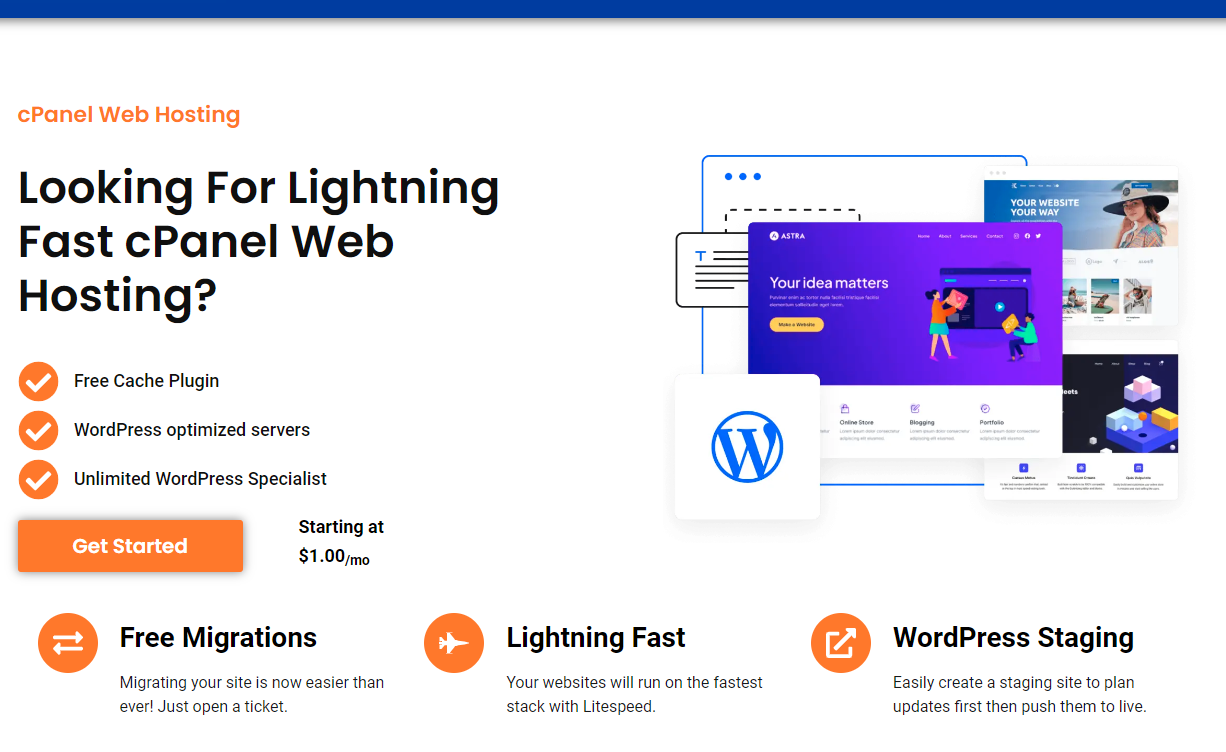If you’ve just installed WordPress or logged into your website and you’re wondering how to get to WordPress Dashboard, you’ve come to the right place! The WordPress dashboard is the control center of your site where you can manage everything—from editing posts and pages to changing themes and installing plugins. In this article, we’ll walk you through how to get to the WordPress dashboard, with step-by-step instructions.
Hurray! By the end of this post, you’ll feel like a pro at navigating the dashboard.
What is the WordPress Dashboard?
Before we get started, let’s quickly define what the WordPress dashboard is. The WordPress dashboard is often referred to as the “backend” of your website. It’s the place where you, as the administrator, can manage and customize your site. You can update content, add new functionality through plugins, and control the design of your site all from one central hub. Now, let’s dive into how to access it.
Steps to Access the WordPress Dashboard
1. Access via Browser URL
The most straightforward way to access the WordPress dashboard is through your web browser. Here’s how:
- Open your preferred web browser.
- In the address bar, type your domain name followed by
/wp-admin. For example:www.yoursite.com/wp-admin - Press Enter.
This URL will redirect you to the WordPress login page where you’ll need to enter your username and password.
2. Login to Your WordPress Site
Once you’ve entered the correct URL, the login screen will appear. Enter your credentials:
- Username: This is the name you set during the installation process or an account created by your administrator.
- Password: Enter the password linked to your username.
Click the Log In button to proceed.
3. The WordPress Dashboard Interface
After successfully logging in, you’ll be directed to the WordPress dashboard. Here’s what you’ll see:
- Admin Toolbar: A horizontal bar at the top containing quick links.
- Main Menu: A vertical menu on the left with items like Posts, Media, Pages, Appearance, etc.
- Workspace: The central area where you can manage your site.
Using the WordPress Dashboard Effectively
1. Navigating Posts and Pages
You can easily manage your content from the dashboard. If you want to add a new post, go to Posts > Add New, or if you need to manage your pages, visit Pages > All Pages.
2. Customizing Appearance
Want to change the look of your site? Head over to Appearance > Themes. From here, you can install new themes or customize the current one using the Customizer.
3. Installing Plugins
To add new functionality, go to Plugins > Add New. You can search for and install any plugin from the WordPress repository directly from your dashboard.
Troubleshooting Access Issues
If you can’t access your WordPress dashboard for any reason, there are a few common causes:
- Incorrect Credentials: Make sure you’re entering the correct username and password. If you’ve forgotten them, use the “Lost your password?” link on the login page.
- Plugin Conflicts: Sometimes, certain plugins can block access to the dashboard. Try disabling plugins via FTP or cPanel.
- Clear Browser Cache: Caching issues can occasionally cause problems. Clear your browser’s cache and cookies and try again.
Additional Tips for WordPress Beginners
1. Bookmark Your Login Page
Since you’ll be accessing the dashboard regularly, it’s a good idea to bookmark your login URL (/wp-admin) for quicker access next time.
2. Use Security Plugins
To protect your login page from unauthorized access, consider installing security plugins like Wordfence or Sucuri. These plugins add features such as login limit attempts and two-factor authentication.
3. Internal Linking and Maintenance
To keep your site healthy and running smoothly, make sure to maintain internal links, keep your plugins updated, and periodically clean up old content.
Optimizing Your WordPress Dashboard Experience
Add a Table of Contents
If you have a content-heavy site, adding a Table of Contents (TOC) can help organize your posts and pages. This feature not only enhances readability but also boosts your SEO by making your content more structured.
Use Images and Videos
Make your content visually appealing by adding images and videos. When adding images, make sure to include descriptive alt text—which not only improves accessibility but also enhances SEO. For instance, you could add an image of the WordPress dashboard interface and set the alt text to “How to Get to WordPress Dashboard.”
Short and Concise Paragraphs
Another tip is to break your content into short paragraphs. This improves user experience by making the post easier to read and follow. Aim for paragraphs no longer than 3-4 sentences.
Link to Resources
Linking out to trusted resources, such as WordPress.org, is a great way to offer additional value and improve the credibility of your content. Be sure to use DoFollow links when referencing external resources that are authoritative and reliable.
Utilize Content AI
WordPress offers many plugins that use artificial intelligence (AI) to help you optimize your content. Tools like Rank Math or Yoast SEO analyze your text for readability, keyword optimization, and more. These can help improve your SEO ranking and overall content quality.
Conclusion
Getting to the WordPress dashboard is easy once you know how to do it. Just type /wp-admin after your domain name, log in with your credentials, and you’re ready to manage your website. Whether you’re publishing a new blog post, customizing your theme, or installing plugins, the WordPress dashboard puts all the tools you need at your fingertips.
Make sure to bookmark the login URL for quick access, optimize your workflow with security plugins, and enjoy creating and maintaining your WordPress site with ease.





